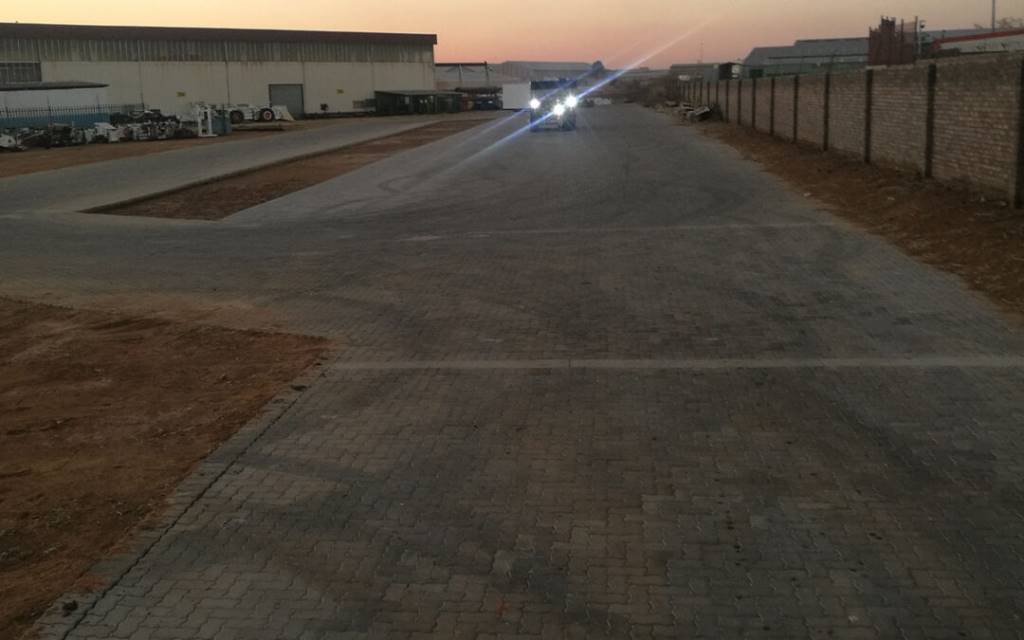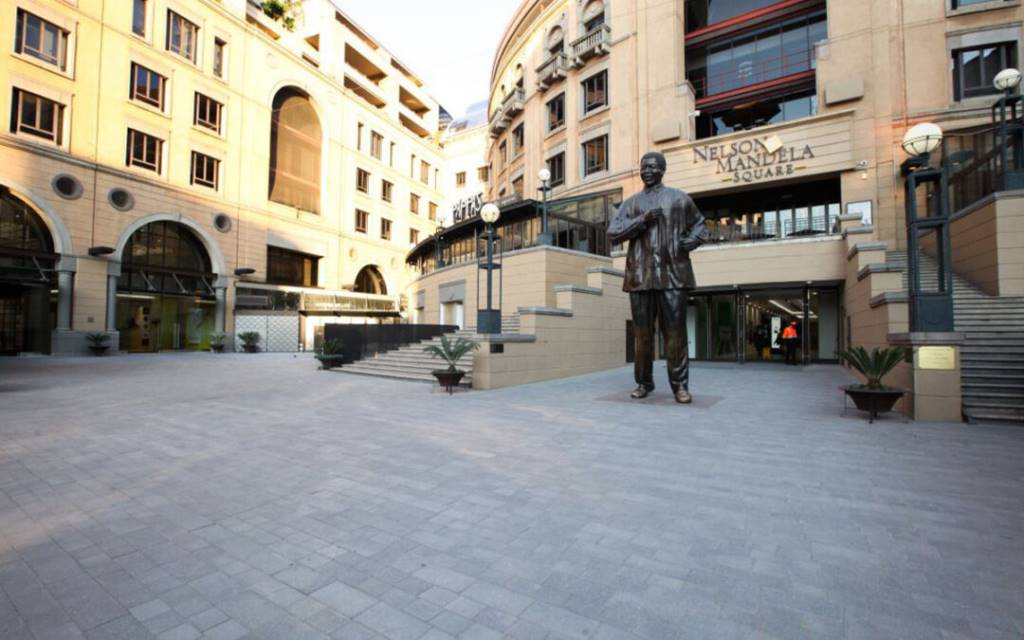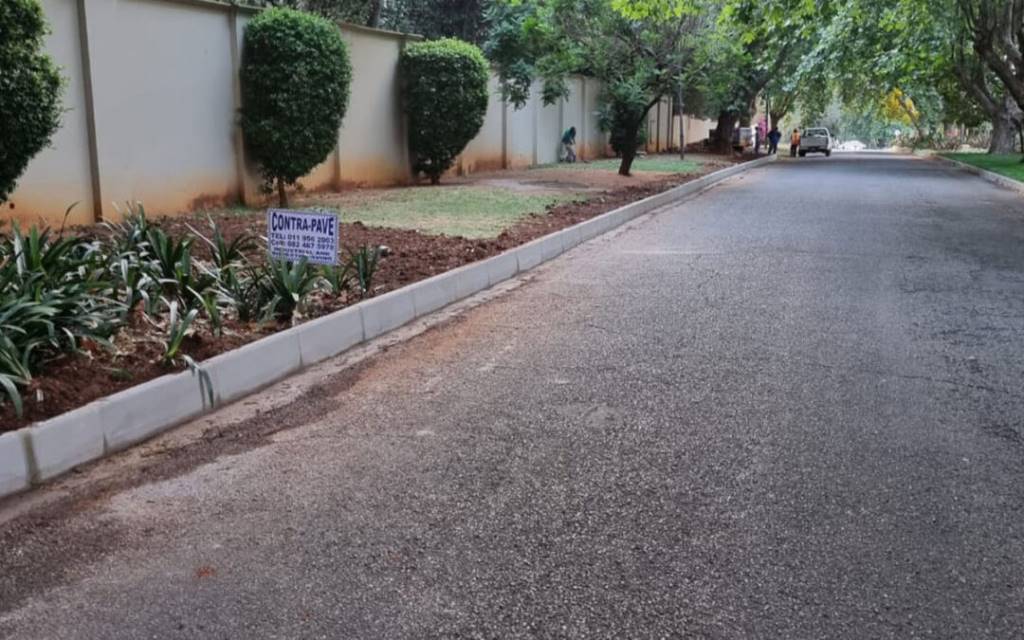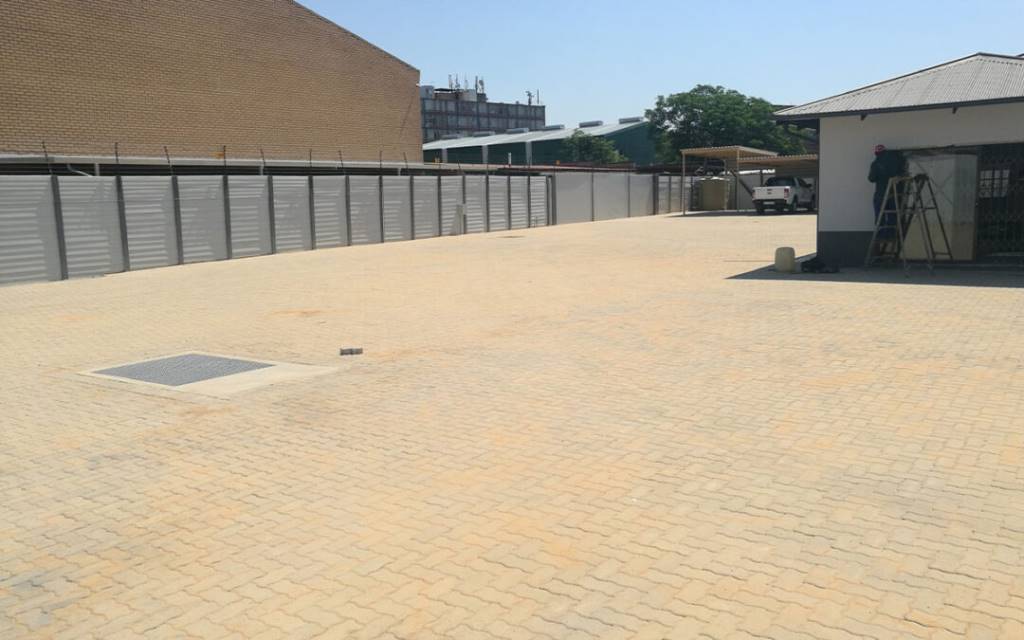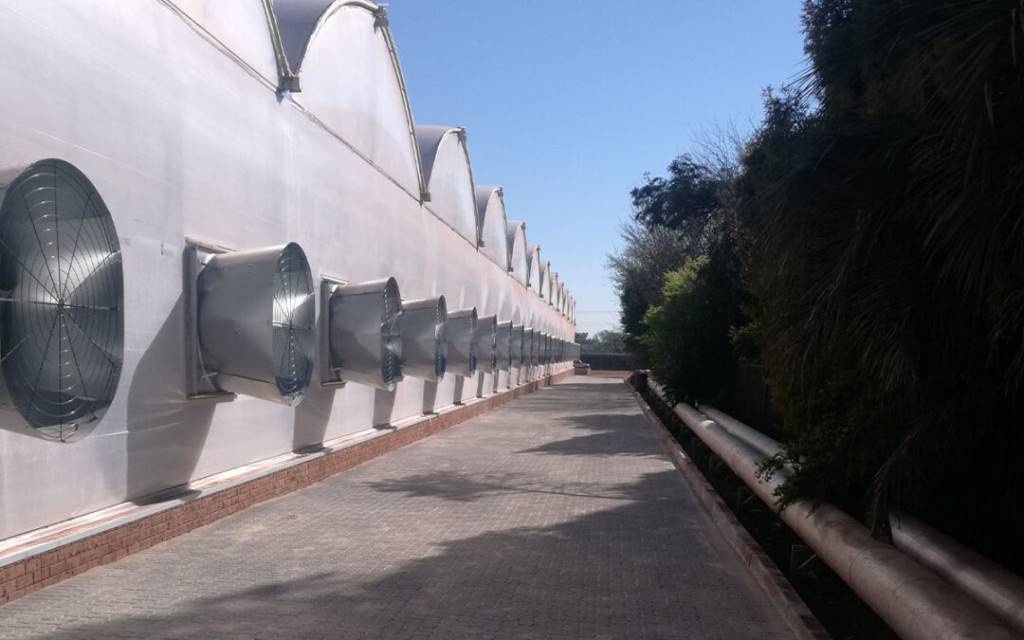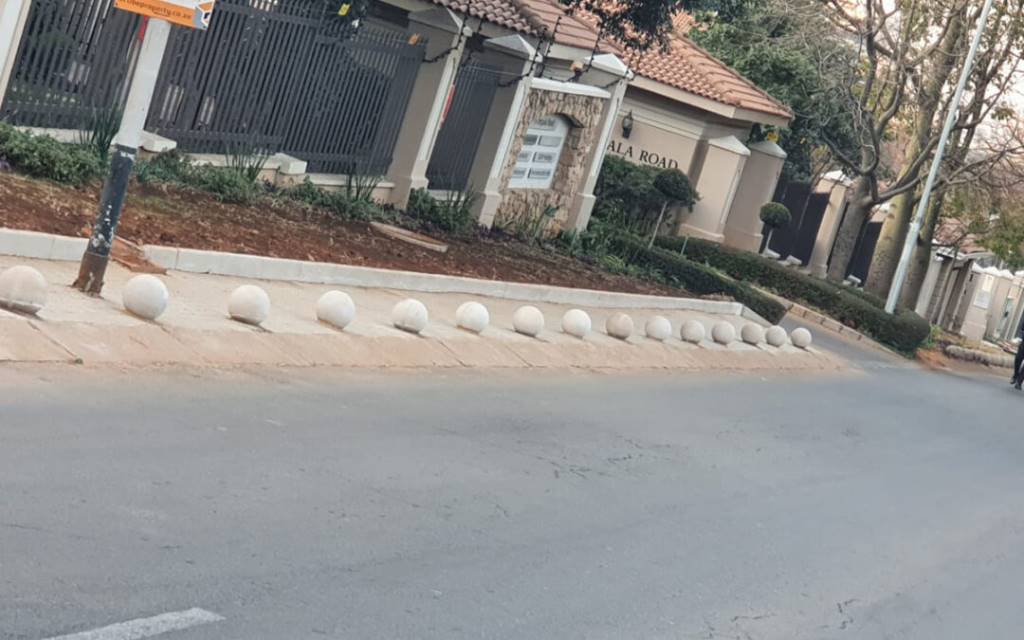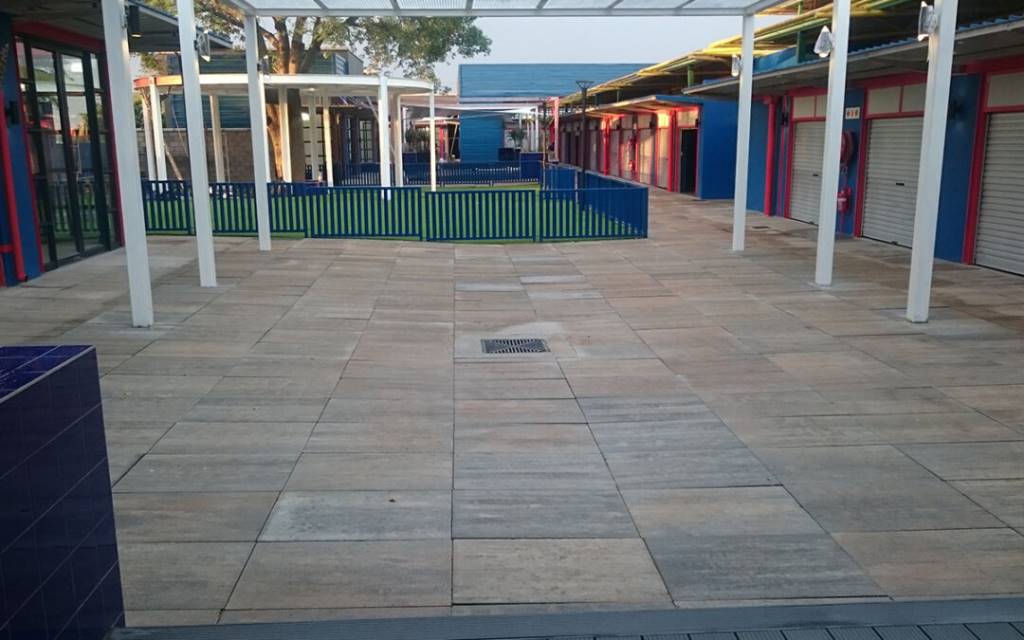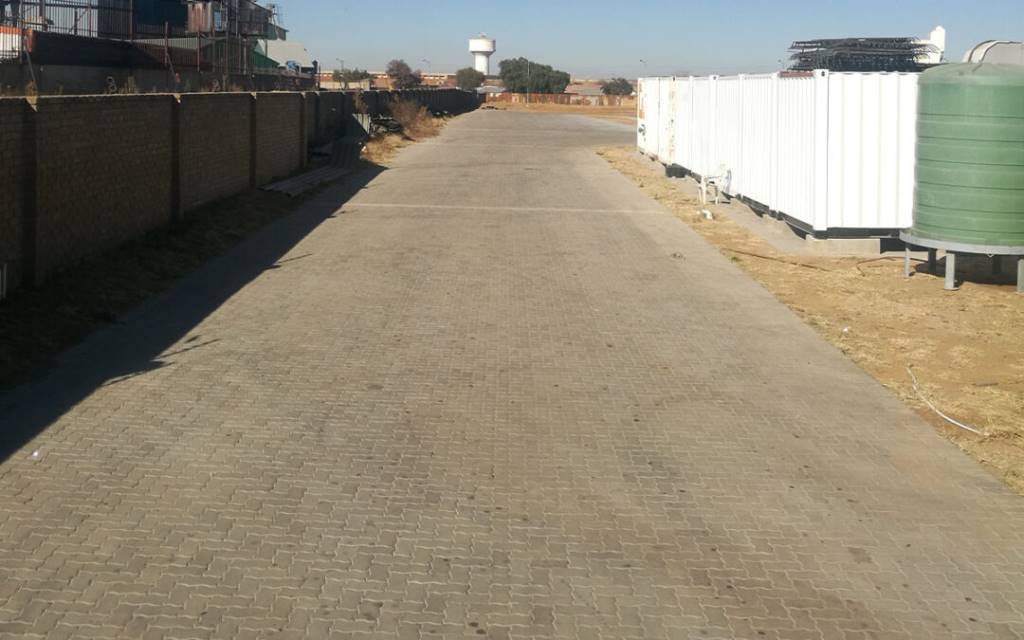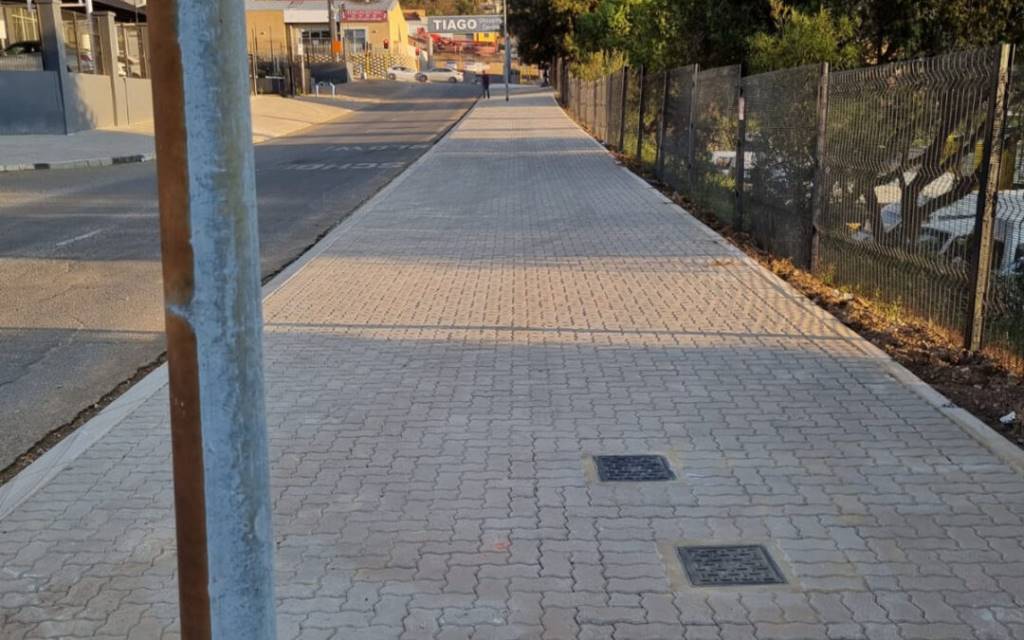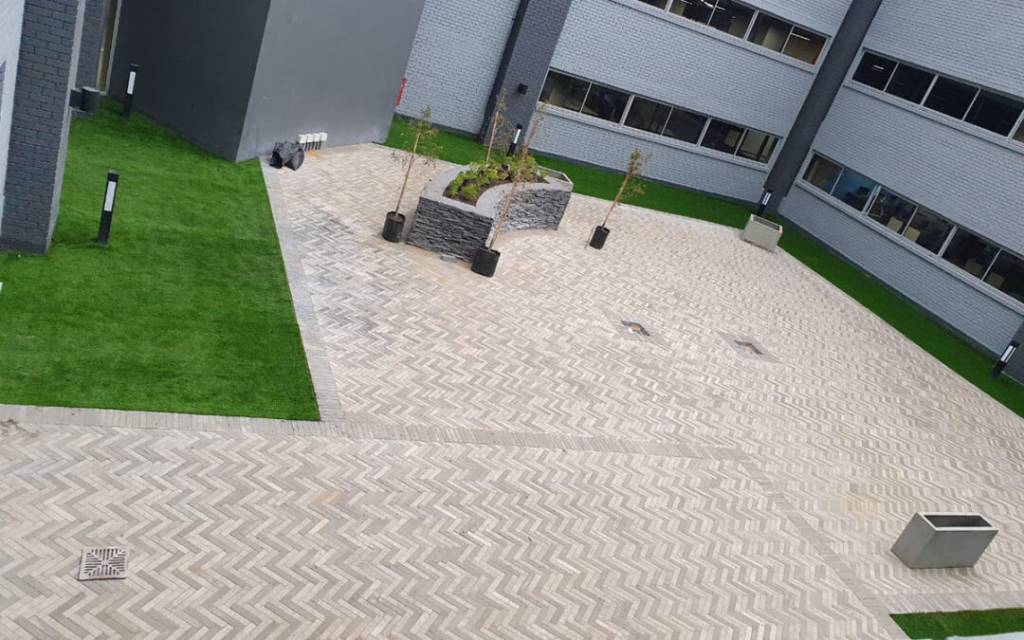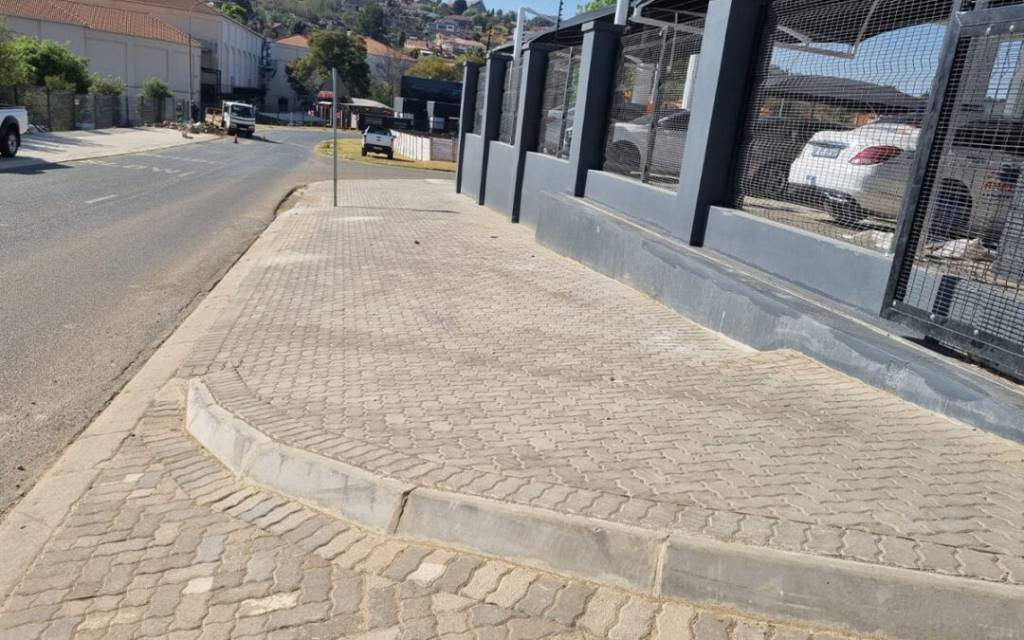Commercial & Industrial Paving
Commercial/Industrial Paving
Aspects to consider when planning a Commercial Paving Installation.
Amount and Type of Traffic:
The amount and type of traffic that will be using the paving should be taken into consideration when selecting the type of paving material. Different types of paving materials are designed to handle different levels of traffic and should be chosen accordingly.
Load Bearing Capacity:
The load bearing capacity of the paving material should be determined based on the expected amount of traffic and the type of vehicles that will be using the paving.
Proper base preparation:
The base of the paving area should be well prepared and levelled and compacted to the required density. It is essential to remove any existing debris, vegetation, or other material that may cause failure in the future.
Selection of high-quality paving blocks:
To ensure durability, the paving blocks should be of high quality and designed to withstand the specific application’s traffic. This should be determined by consulting with a experienced paving contractor or civil engineer if required.
Right jointing materials:
The choice of jointing materials should stabilize the paving. This includes the use of edge restraints and jointing sand that will prevent movement of the pavers.
Proper drainage structures:
Since drainage is crucial, appropriate drainage structures must be installed prior to the paving installation.
Kerbing
In the context of paving, barriers and mountable kerbs play an important role in providing support and stability to paved surfaces. Here are some examples of how barrier and mountable kerbs are used in paving:

- Barrier kerbs can be used to create a physical barrier between different paved areas, such as a sidewalk and a bike path. This can help to prevent accidents and improve overall safety for pedestrians and cyclists.
- Mountable kerbs can be used to provide a gentle transition between paved surfaces that are at different levels. For example, if a sidewalk is slightly higher than a road, a mountable kerb can be used to provide a smooth transition between the two surfaces.
- Barrier kerbs can be used as a support structure for paved surfaces, helping to keep them in place and prevent shifting or settling. This is particularly important in areas with heavy traffic or frequent heavy loads, such as commercial loading zones or bus stops.
- Mountable kerbs can be used to create drainage channels between paved surfaces, helping to manage storm water runoff and prevent flooding. The mountable design allows water to flow freely over the kerb rather than becoming trapped behind it.
- Overall, barriers and mountable kerbs are essential components of paved surfaces, providing safety, stability, and support for a variety of different applications.
Retaining Walls
Retaining walls are structures designed to retain soil, rock, or other materials in a sloping or uneven area. They are typically constructed in areas where there is a need to create level ground for construction or prevent soil erosion.

In the design and construction process of retaining walls, various factors should be considered, such as:
- Wall height: The height of the wall affects the overall stability, bearing capacity of the soil and the need for reinforcements.
- Soil conditions: Soil type and properties, such as stiffness and cohesion, determine the type and size of the retaining wall needed.
- Water drainage: Water can exert pressure on the wall and cause instability. Proper drainage systems should be installed to prevent water build-up.
- Load factor: The weight of the soil and other materials to be retained will impact the load that the wall must bear, meaning the wall must be designed to withstand these pressures.
- Environmental factors: Climate, weather patterns, and seismic activity in an area should be considered during the design and construction of retaining walls.
- The method of construction: The construction method used can influence the strength, durability, and stability of the retaining wall.
Overall, retaining walls must be designed and constructed with quality materials to ensure they are strong, stable, and can withstand external forces. It is always advisable to consult with a professional engineer or contractor to undertake design and construction based on the specific needs
















